- Water Testing Meters
- Anemometer
- Length & Distance Meter
- Multimeter & Clamp Meter
- Light and Sound Meter
- Slide Calipers & Screw Gauge
- Thermometer & Hygrometer
- Milk Testing Meters
- Paper, Grain & Wood Testers
- Stopwatch & Timers
- Soil Testing Meters
- Refractometers & Analyzer
- Magnetic Compass
- Tachometer & Megger
- Thickness & Dia-Meters
- Other Meter And Accessories
Himedia Plate Count Agar 500gm
৳ 8,000.00
- Plate Count Agar (Standard Methods Agar)
- Pack Size: 500gm
- Brand: Himedia
- Made in India
SKU:
19765
Category: Lab Chemicals
Tags: Chemical Price in BD, Lab Chemicals, Lab Reagents, Plate Count Agar
Description
Plate Count Agar (Standard Methods Agar) for the determination of plate counts of microorganisms in food, water, wastewater, and also from clinical samples.
Formulated as described by Buchbinder et al which is recommended by APHA and FDA for the determination of plate counts of microorganisms in food, water, wastewater, and also from clinical samples. Click for MSDS
Plate Count Agar (PCA) is a widely used microbiological growth medium primarily for the enumeration of viable bacteria in food, water, and other samples. Here’s a brief overview:
Compositions of Plate Count Agar
- Peptones: Provide nitrogen and other nutrients for bacterial growth.
- Agar: Acts as a solidifying agent.
- Water: The solvent for dissolving all components.
Purpose:
- To cultivate and count the number of aerobic bacteria present in a sample.
- Often used in food microbiology and environmental testing.
Procedure:
- Sample Preparation: Dilute the sample as necessary to ensure countable colonies.
- Inoculation: Transfer the sample to the agar plate using a sterile technique.
- Incubation: Incubate the plates at a specified temperature (typically 30-37°C) for 24-48 hours.
- Counting Colonies: After incubation, count the number of colonies that form.
Characteristics:
- PCA supports the growth of a wide range of bacteria, making it versatile.
- It is non-selective, so both gram-positive and gram-negative bacteria can grow.
General Applications of Plate Count Agar
- Food safety testing.
- Water quality assessment.
- Environmental microbiology.
Reviews (0)
Only logged in customers who have purchased this product may leave a review.
About brand
Labtex is a seller and supplier of HIMEDIA brand chemical & culture media products in Bangladesh. Customers can place orders anywhere in Bangladesh at “Cash on Delivery”.
Shipping & Delivery
Delivery within 1-3 working days in Dhaka City and 3-5 working days anywhere in Bangladesh.
Disclaimer and Declaration
We are using this website as a catalog or brochure to represent our company in the digital world. Here displayed products and the physical products may slightly vary due to the deviation of lighting sources, photography, or your device display settings. And to improve product quality and prevent counterfeiting, actual products may vary, which may not match the image shown here. And here prices shown may be changed depending on the market price. And all prices are without VAT and AIT. Displayed on this website are not our ready-stock products, but we can deliver within the due time, which means delivery within 1-3 days in Dhaka city and within 3-5 days anywhere in Bangladesh.N.B.: We can’t deliver liquid products outside of Dhaka City. Please don’t place an order for liquid products from outside Dhaka City.Special Caution: None of our chemicals is suitable for human consumption or use in food. These are only for Research and Analysis.
Website Disclaimer:
This website may use some copyrighted materials without specific authorization of the owner, but the contents used here which is under the “Fair Use” of website content Policy. Copyright Disclaimer Under section 107 of the Copyright Act 1976, allowance is made for “fair use” for purposes such as comment, news reporting, teaching, scholarship, research, and analysis. Fair use is a use permitted by copyright statute that might otherwise be infringing. Non-profit, educational, training, experimental, or personal use tips the balance in favor of fair use. If you have any complaints about our content or find any content, image, video, or text that is copyrighted by you and want to remove it from this website, please feel free to email us at Labtexbangla@gmail.com. Those contents will be removed from this website.বি: দ্র: আমাদের অফিস থেকে সরাসরি পণ্য নেওয়ার ক্ষেত্রে, আমাদের অফিসে আসার নূন্যতম ৩ ঘন্টা আগে ফোনে জানিয়ে আসতে হবে। নতুবা ততক্ষনাৎ অফিস থেকে পণ্য দেওয়া সম্ভব হবে না।বিশেষ সর্তকতাঃ আমাদের কোনও রাসায়নিকই মানুষের ব্যবহারের জন্য বা খাবারে ব্যবহারের জন্য উপযুক্ত নয়। এগুলি কেবল গবেষণা এবং বিশ্লেষণের জন্য।


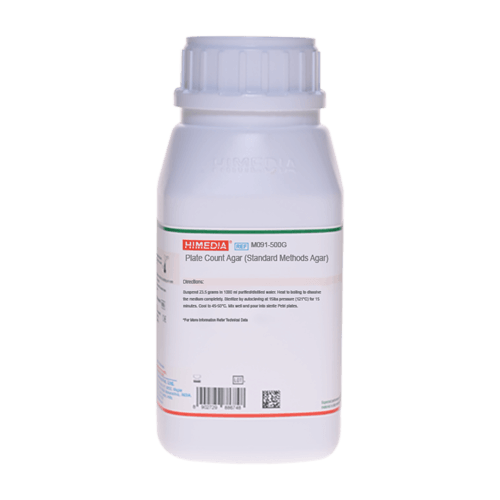

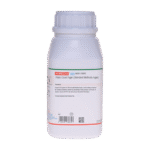
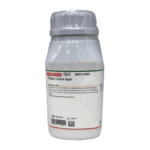

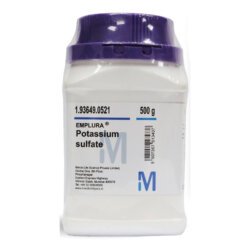
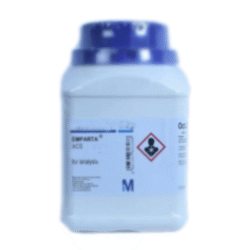
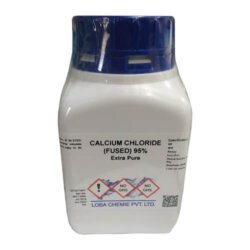
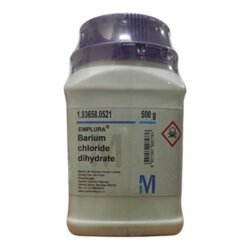
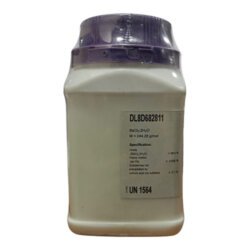
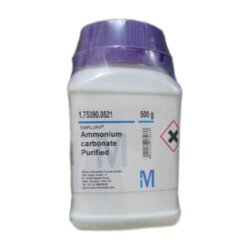
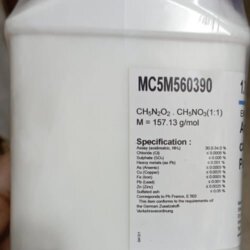
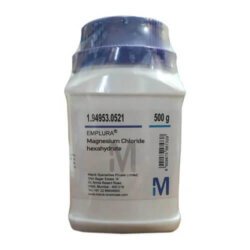
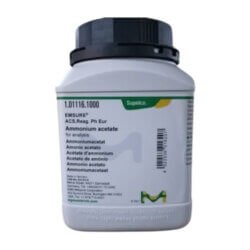
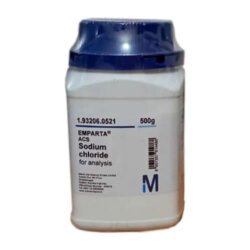
Reviews
There are no reviews yet.